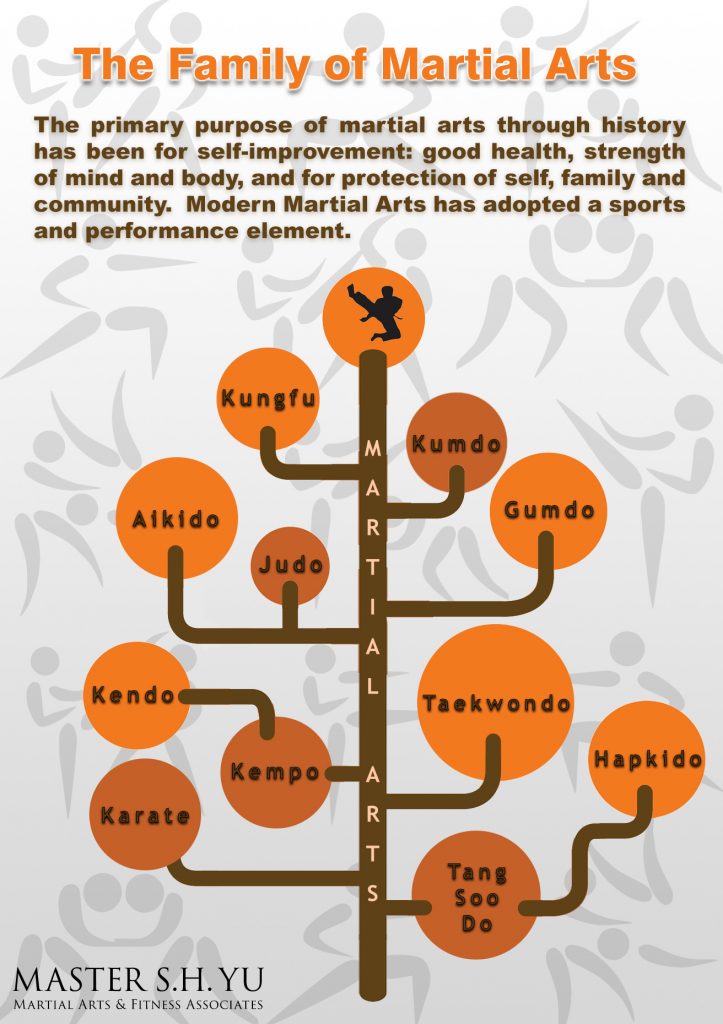Comprehending The Basic Differences In Between Traditional Martial Arts And Modern Combat Sports
Comprehending The Basic Differences In Between Traditional Martial Arts And Modern Combat Sports
Blog Article
Material By-Skovbjerg Hovgaard
When you think about martial arts, do you lean a lot more towards the standard methods or the modern fight sports? Each course provides special advantages and experiences, shaped by their view points and training approaches. Conventional martial arts emphasize individual development and technique, while modern combat sporting activities focus on competition and efficiency. Recognizing these differences can direct you in selecting the appropriate technique for your journey. Yet how do these distinctions manifest in training and ideology?
The Approach and Background Behind Standard Martial arts
While many people link martial arts with physical combat, the ideology and history behind traditional martial arts run much deeper. You'll discover that these techniques stress individual development, self-control, and regard.
Originating from old methods, typical martial arts were often developed for Self-Defense and spiritual advancement. They embody principles such as balance, consistency, and self-control, leading specialists past simple combating skills.
As you train, you'll not just find out strategies yet also gain understandings into the society and values that formed these arts. The rituals and customs, frequently passed down with generations, foster a feeling of community and belonging.
The Competitive Nature of Modern Fight Sports
Modern fight sporting activities have actually transformed the landscape of martial arts right into a highly affordable sector, where professional athletes take on in an examination of ability, technique, and endurance.
You'll discover that competitors are typically arranged with strict rules and laws, making certain fair play and security. These occasions attract huge target markets, fueling the excitement and intensity of matches.
Professional athletes train rigorously, not just for physical expertise however also for psychological durability, knowing that every information counts in the ring. The adrenaline thrill during competitors is apparent, as fighters push their limitations to declare triumph.
Followers value the athleticism and artistry involved, making modern-day battle sports a thrilling phenomenon that remains to advance and mesmerize lovers around the world.
Training Techniques and Strategies: A Relative Evaluation
The affordable atmosphere of modern battle sports needs ingenious training methods that vary substantially from standard martial arts.
In modern training, you'll focus on details strategies, sparring, and conditioning, frequently using drills that imitate genuine fight circumstances. You'll see a focus on quantifiable efficiency and constant competition to examine your abilities.
On the other hand, traditional martial arts prioritize kinds, katas, and philosophical teachings, typically highlighting self-control and respect over competitors.
web link is typically less extreme and may involve repetitive technique rather than real-time sparring.
While both strategies develop skill and health and fitness, modern combat sports give a more dynamic and adaptable training environment, preparing you for immediate difficulties in the ring or cage.
Choose the course that straightens with your goals and interests.
Final thought
In choosing in between traditional martial arts and contemporary fight sporting activities, it actually boils down to what you value many. If you're trying to find individual growth, technique, and a feeling of area, conventional arts might be your best fit. Yet if you flourish on competition and real-time difficulties, contemporary combat sporting activities could be the way to go. Inevitably, both paths offer unique benefits, so it's all about straightening your training with your individual goals and rate of interests.
